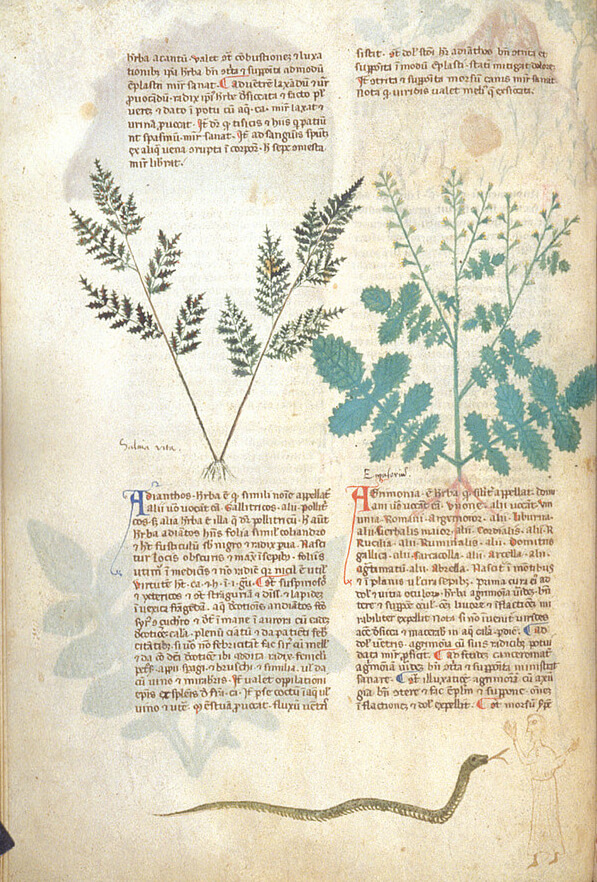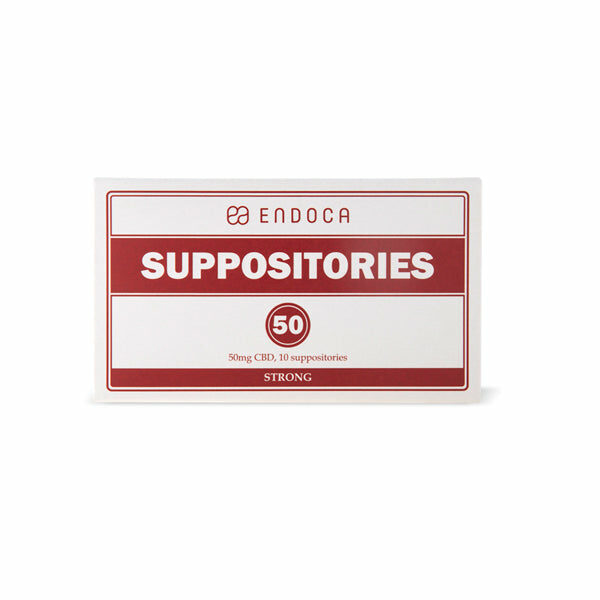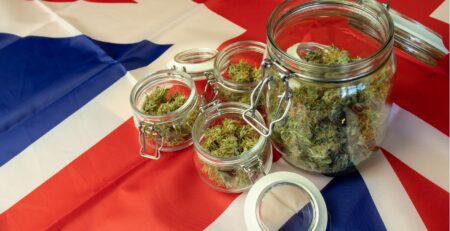The History of Hemp 2 Medicine
Ancient China
According to Chinese folklore, the healing powers of hemp were first discovered by an early emperor Shen Nung. He is said to have lived in the early third century BC around the year 2700 BC. Although it was grown in the region for at least six thousand years before this and is thought to have first evolved nearby in central Asia, Shen Nung discovery is often thought to be the first recorded incidence of medicinal hemp use.
In the centuries following, Chinese doctors and surgeons used copious amounts of hemp seeds, flowers, roots, bark, and leaves for a huge range of ailments. Hemp became one of the 50 fundamental herbs in Chinese medicine. It was used for problems as diverse as ulcers, wounds, baldness, and demonic possession!
At the Yanghai Tombs in the northwest in the early 2000s, a team of archaeologists found what is thought to be a doctor or shaman from around 700BC. This person had a burial shroud made of hemp, and traces of cannabinoids the compounds extracted for modern medicine were found in the plant material. This is the earliest evidence for medicinally active hemp yet discovered.
Neolithic Netherlanders
Not long after the mythical emperor Shen Nung was discovering the medicinal applications of hemp, a Neolithic (late stone age) farmer in what is now The Netherlands was buried after an illness, at a time between 2200 and 2500 BC.
The grave was excavated in 2007, and huge amounts of plant pollen were found in the surrounding sediments. On analysis in 2012, it was found that 90% of the pollen was of hemp, a known painkiller, while 10% was meadowsweet a fever reducing, antiseptic, annual plant.
The Eastern Mediterranean Cradle of History
Egypt
Ancient Egyptian doctors made great use of hemp as medicine. Hemp was prepared into suppositories for haemorrhoids, and famously used for Asru, a priestess who lived into her 60s a long life for the time! At least four medical textbooks written on papyrus recommend the use of hemp for medical treatment. These range from 2000 to 1300 BC.
Greece
The Ancient Greeks are recorded as using hemp to treat wounds in their horses, and in soldiers. Nosebleeds and tapeworms were also helped by hemp plant material and extracts. The Greek father of history, Herodotus, noted that the neighbouring Scythians used steam baths of hemp to treat their fevers. “After thrusting their heads under the blankets, the Scythians would howl for joyâ€.
Western Europe
In the year 800, an Anglo-Saxon medical text recommends using a liquid mixture of hemp for pain of the innards. Later, a Portuguese explorer Garcia da Orta said that those of his servants used hemp felt no need to work, to be very happy and to have a craving for food.
Robert Hooke, the influential 17th century scientist and colleague of Isaac Newton, received samples of hemp from India and experimented on it. He suggested that it could possibly be of use for lunaticks (sic), or for other distempers of the head and stomach.
From this period until the early 1900s, medicinal hemp increased in popularity in Europe and was often prescribed by doctors. At this point, local prohibition and cultural taboos led to the decline of hemp as medicine.











